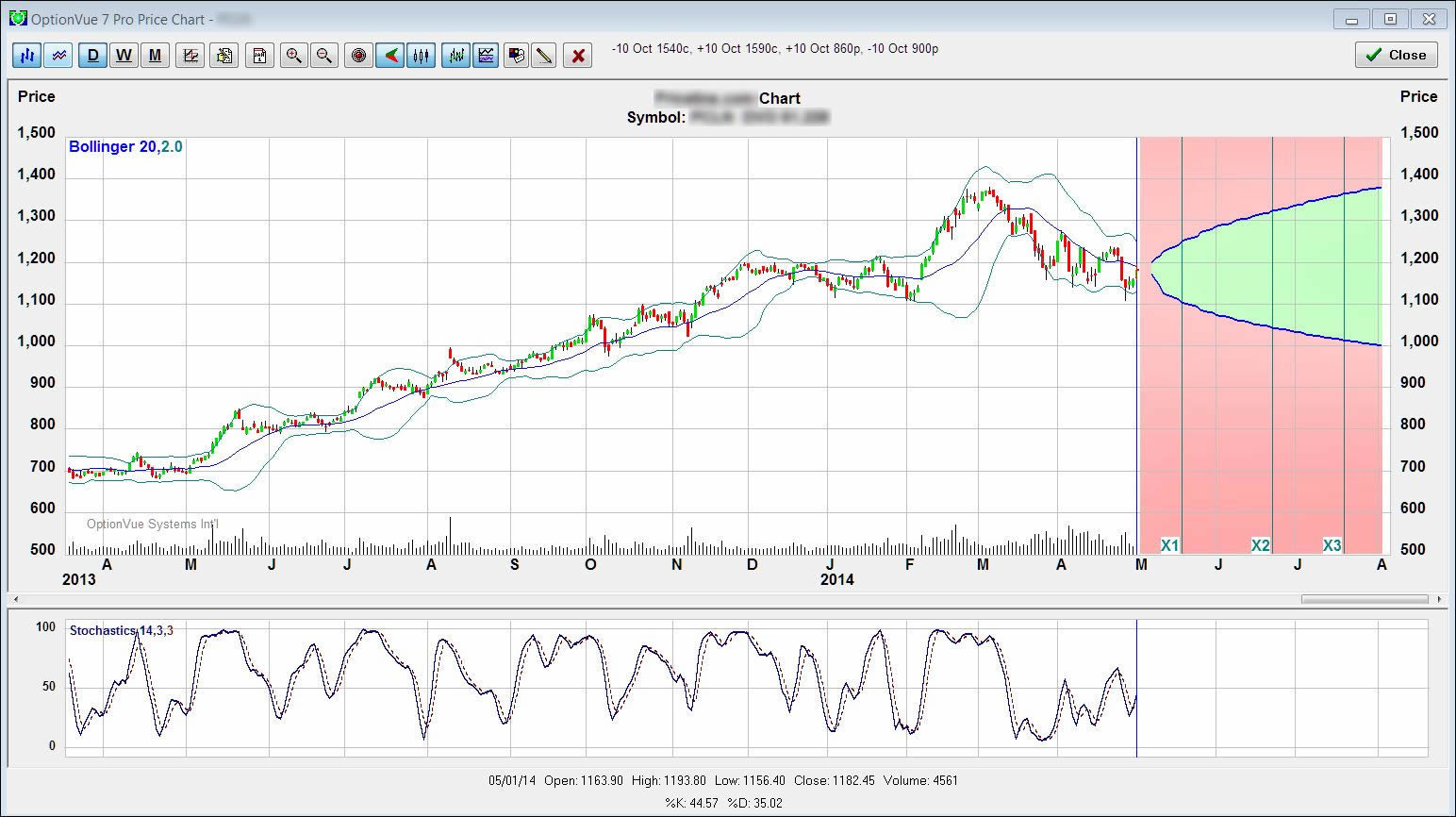In this tutorial we will learn how to read point cloud data from a PCD file.
First, create a file called, let’s say, pcd_read.cpp in your favoriteeditor, and place the following code inside it:
Download OpenPCL for free. OpenPCL - Open Source PCL Viewer, Converter & Toolkit. It can be used as a backend component for developers/integrators or as a standalone desktop application for end users. It's possible to open up to 9 PCL files in MDI frames, view all containing pages, toggle the tree view pane, zoom in and out of the document, cycle through different UI themes, as well as print. The PCL file extension indicates to your device which app can open the file. However, different programs may use the PCL file type for different types of data. We are aware of 2 different uses of the PCL extension, which you can read more about below. 2 known uses of the PCL file extension. If your PCL file is related to a piece of hardware on your computer, you might need to update your device drivers associated with that hardware in order to open it. This problem is commonly related to multimedia file types that depend upon a piece of hardware inside of your computer to be successfully opened, such as a sound card or graphics card. To associate PCL files with given application, select 'Open with' from drop-down menu (accessed by right-clicking on the file). Then select from the list the program or application you want to be used to open this type of file.
Now, let’s break down the code piece by piece.
creates a PointCloud<PointXYZ> boost shared pointer and initializes it.
loads the PointCloud data from disk (we assume that test_pcd.pcd has alreadybeen created from the previous tutorial) into the binary blob.
Alternatively, you can read a PCLPointCloud2 blob (available only in PCL 1.x). Dueto the dynamic nature of point clouds, we prefer to read them as binary blobs,and then convert to the actual representation that we want to use.
reads and converts the binary blob into the templated PointCloud format, hereusing pcl::PointXYZ as the underlying point type.
Finally:
is used to show the data that was loaded from file.
Add the following lines to your CMakeLists.txt file:
After you have made the executable, you can run it. Simply do:
You will see something similar to:
Note that if the file test_pcd.pcd does not exist (either it hasn’t beencreated or it has been erased), you should get an error message such as:
Print PCL documents and convert them to common image formats that can be opened on any computer without requiring a dedicated application
What's new in PCLReader 15.10:
- 103duplex.pcl - New PCL file to demostrate how Job Ticketing feature saves job ticketing metadata found in PCL escape codes * PJL
- AcctUtil.dll - Added a new function to generate the Unicode/UTF8 map for double-byte language text extraction
- APP.INI - [Filters] section: Added Overlay = used by all GUI’s that Open/Save PCL or image files.
- APP.INI - [Filters] section: Added Pcl = used by all GUI’s that Open/Save PCL or image files.
Note: Free for non-commercial use only. PCLReader has some limitations (100 pages limit for viewing and printing PCL files, 3 pages conversion limit, with watermarks on pages 4 to 100, 3 pages extraction and page splitting limit, search is unavailable, etc.). In order to use the product in a commercial environment and remove these limitations, you must upgrade to PCLWorks.
PCLReader is an application that brings together a set of tools which you can use to view, convert and print HP PCL files.
PCL or Printer Command Language is a page description language and PCLReader enables you to search, index, extract and view the code. This way, you can print PCL files on any given non-PCL printers.
As an application, it displays a straightforward interface that enables you to easily load and view PCL files. You are offered buttons for quick access to all the main features and functions. You can zoom in and out and even rotate the image clockwise.
The application proves its worth if you’re using legacy applications that only need to print in the standard formats such as PDF, TIFF, XPS and PNG. Not only can it open multiple files in one instance and allow you to switch between them, but it also enables you to overlay the data.
PCLReader offers you the use of a comprehensive interface but once you get into its depths, and start clicking on options and settings you get to see how complex of an application it actually is. Before you print a file, the application provides you with a ‘Front Panel Settings’ option that allows you to simulate the settings of a printer in order to accommodate the task at hand. You can set the paper size, orientation, line termination, duplex, font, symbol set, pitch and point size. Moreover, you are able to save the settings in a PCL file that you can later use to make it more printer interdependent.
As far as PDF settings go, you get considerable amount of settings for the file creation, encryption and permission, image magnification and text fields which you can fill with details about the creator, author, keywords and copyright status.

How To Open Pcl Files In Windows
With the above to consider and much more to discover, PCLReader is by all means a handy and reliable tool if you’re looking to print PCL files.
Filed under
PCLReader was reviewed by Alexandru ChirilaPCLReader 15.10
 add to watchlistsend us an update
add to watchlistsend us an update- runs on:
- Windows 2008
Windows 2003
Windows 8 32/64 bit
Windows 7 32/64 bit
Windows Vista 32/64 bit
Windows XP
Windows 2K - file size:
- 25 MB
- filename:
- pclreader_151.zip
- main category:
- Office tools
- developer:
- visit homepage
top alternatives FREE
Pcl File Format
top alternatives PAID